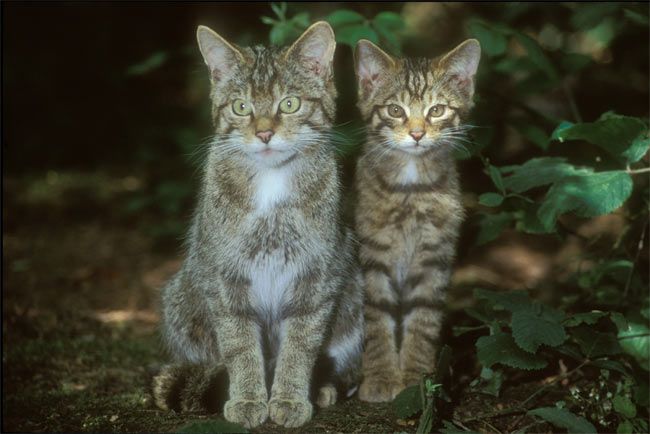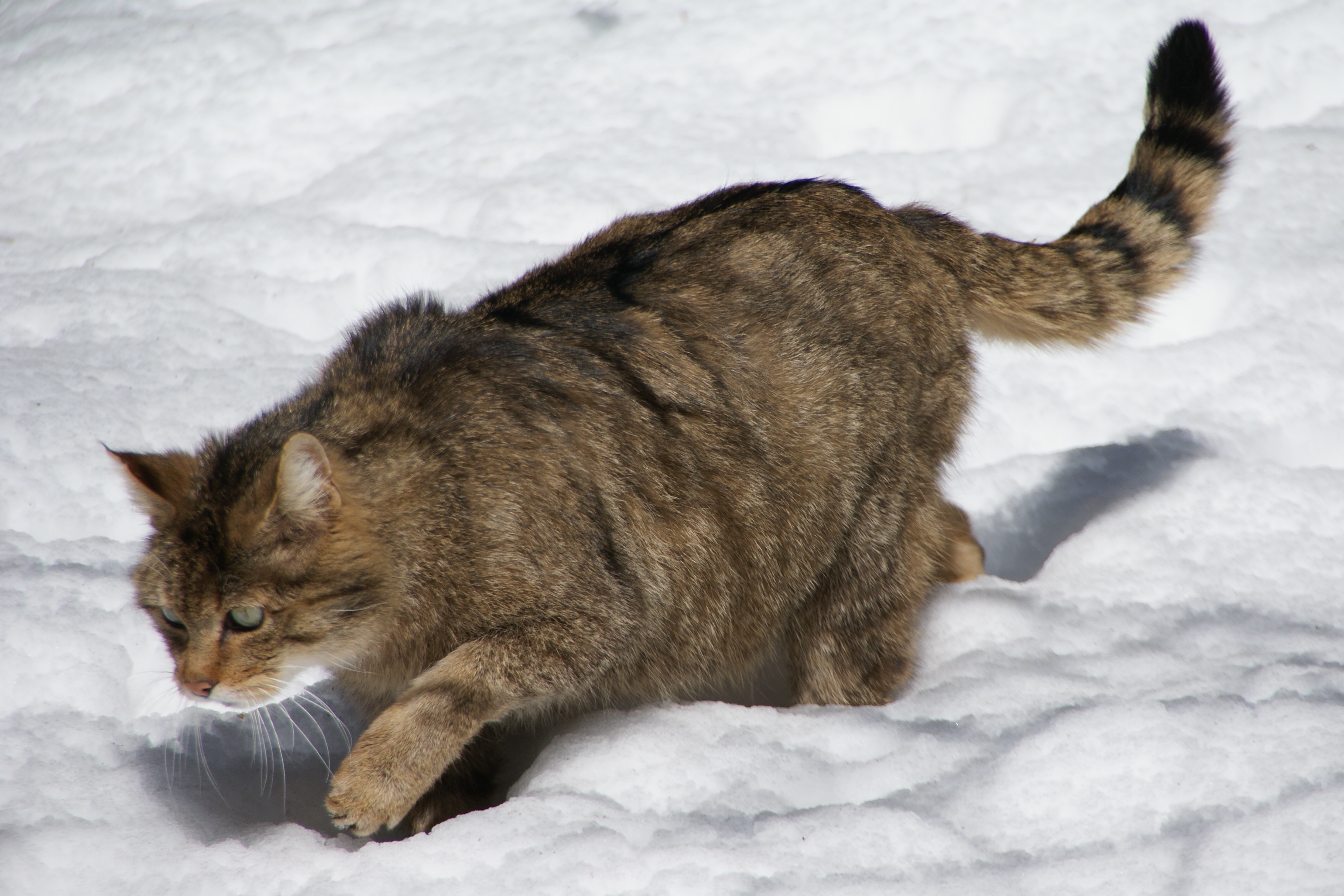
Though the cat may regard more than one house as home the house is the base where it feeds sleeps and gives birth. Many veterinary offices often free or low cost spaying and neutering for wild cats in an effort to control the feral cat population and prevent unnecessary suffering.

Both large and small wild cats often live in forests and are good tree climbers.
Do house cats live in the wild. He had gone from domestic to semi-feral to domestic again although he was less domesticated when he returned. The point of this little story is that some individual domestic cats can survive in the wild. However their lifespan in the wild is likely to be shorter than it would have been in their owners home.
The best thing that humans can do for wild cats is to spay and neuter them. Many veterinary offices often free or low cost spaying and neutering for wild cats in an effort to control the feral cat population and prevent unnecessary suffering. If you have wild cats living on your property you may want to consider purchasing an outdoor shelter for them.
These shelters which are waterproof and provide warmth and shelter can make a big difference in the quality of life for a feral cat. All domestic cats that are alive in homes today can trace their ancestry to wild cats that still to this very day roam every landscape of the wild. There are three varying types of cats which are.
The Asian Steppe Wild Cat also known as the Indian Desert or Asiatic Wild Cat. It is common for people to think that cats however much they have been pets can survive in the wild but the information we have come across shows that the odds of survival of an individual house-raised cat put in the wild are small. I live in the country.
House Cats Wild Ancestor Found. Ewan Macdonald Domestic cats have been traced back to a single wild ancestor whose relatives still live. How long can domestic cats live in the wild.
If you declawed your cat perhaps a couple weeks assuming it somehow finds water before it starves to death. How is it going to kill prey for food. How will it defend itself against attackers Although not declawed my house cat was never taught to hunt for food.
Instincts drive her to attack birds and voles in my yard when I take her outside but when. Unless they are kept indoors the behavior of house cats is not much different from that of wild cats. Though the cat may regard more than one house as home the house is the base where it feeds sleeps and gives birth.
Both large and small wild cats often live in forests and are good tree climbers. From a tree the cat can drop on its prey. To do so they need a fine sense of balance and are able to use the well-known righting reflex when they jump from a tree.
To hunt efficiently all cats have highly-developed external senses. The most important are the ears and eyes as they often hunt their prey at. I concede that if you release the now-elderly cats into the wild one or both of them might survive just like a person who jumps off the Golden Gate Bridge might survive although according to.
The bobcat can live in forests deserts mountains swamps and farmland. Endangered in the US. Not listed which means it is an abundant and wide-ranging species.
Bobcats are incredibly resourceful and have a widely varied diet depending upon the food sources near them says Susan Bass director of public relations at Big Cat Rescue. Northern bobcats are stockier and have. Cats are also believed to settle in any urban area or in any agricultural land even forests such as the feral cats.
In addition to this they are believed to be able to live all by themselves and without any human inhabitants. They can even live on top of the highest mountain and even in the hottest deserts. However as cats are easily kept animals nowadays most of them can already be found domesticated in.
Cats live in a variety of social structures such as free-standing cats or colonies where cats share food with each other. Sometimes this can affect the choice of prey. For example to chase rabbits cats are grouped and the more cats in the group the better.
Cats that live outdoors even just part of the time are at risk of death from other cats as well as diseases such as rabies feline leukemia and parasites the researchers note. Domestic cats adrenal glands which produce fright or flight hormones are proportionately smaller than those in wild cat species. This may contribute to the relatively placid behaviour of pet cats.
Domestic cats have undergone subtle changes in body structure since splitting from wildcats. Their longer intestines are an adaptation to a diet that tends to include less meat than that of their wild ancestors. Therefore the average lifespan of a wild cat is determined by the average age of all members of the wild cat family.
The average lifespan of wild cats is usually 13-14 years. Of these the lifespan of a tiger is 8-10 years and a snow leopard is 15-18 years. The main ancestor of domestic cats is African wild Cats.
Geographical location The variety of their prey the cats needs and their hunting skills differ according to where they live in the world. European wildcats mostly depend on small mammals like rabbits rodents and birds. Especially poultry birds if they live near human settlements.
Once a kitten leaves the litter in the wild it goes to live on its own elsewhere. When this happens the cat and its mother are estranged and they treat each other as they would any other cats. This occurs because cats are solitary animals.
When you think of a cats idea of. The percent was much lower for indoor cats at 7. Age Plays a Factor.